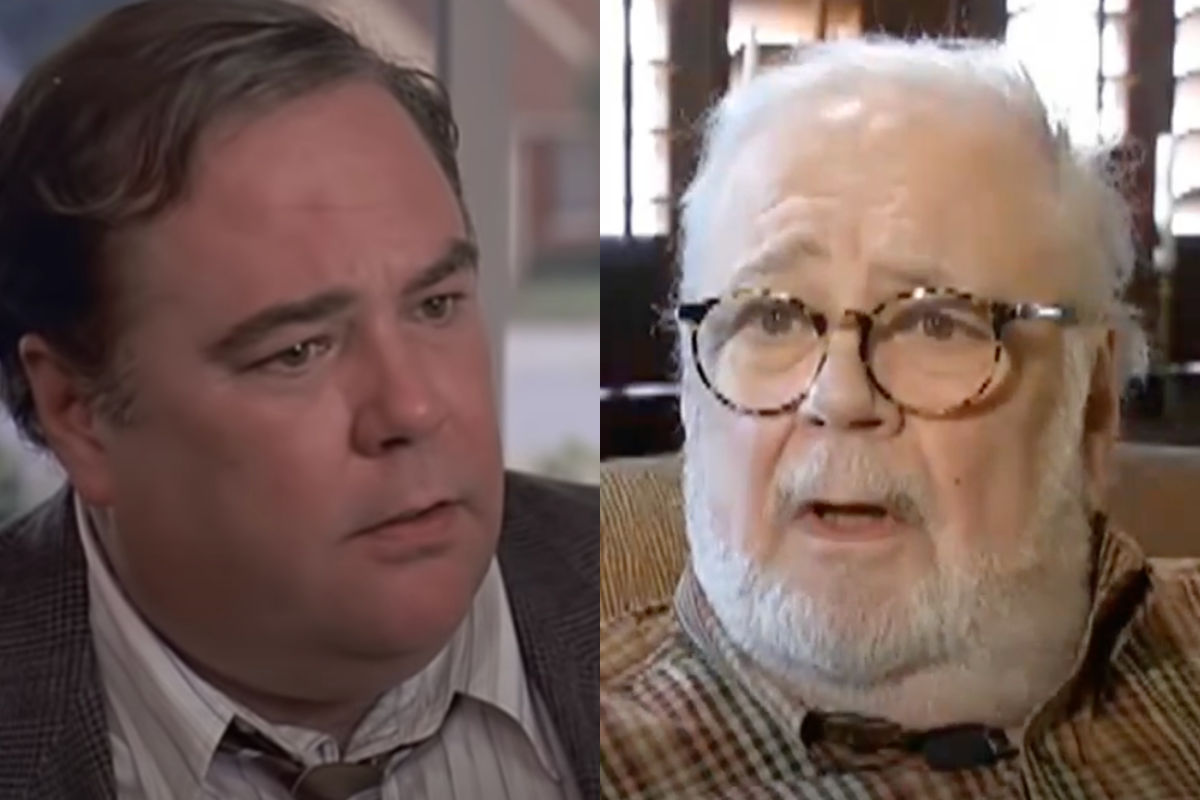
In the age of streaming giants, cinematic universes, and hyper-edited TikTok trailers, sitting down to watch Fried Green Tomatoes in 2025 can feel almost rebellious.
No rapid cuts. No superhero landings. No apocalyptic stakes. Just two women on a porch swing, talking about life, love, and fried green tomatoes. And somehow—it’s spellbinding.
Over three decades since its release, Jon Avnet’s 1991 film remains quietly revolutionary. Not because it shouts. But because it whispers—about grief, about courage, and about the many versions of love that resist labels. In a noisy world, Fried Green Tomatoes offers stillness. And, maybe, something close to truth.
Why We Keep Coming Back
Some films entertain. Others endure. Fried Green Tomatoes does both. It wraps its arms around you, tells you a story, and leaves you a little braver than before. The characters aren’t just likable—they’re lived-in. Real. They remind you of your grandmother, your best friend, your younger self, or maybe the version of you still waiting to bloom.
There’s Evelyn Couch (Kathy Bates), the overlooked housewife teetering between despair and transformation. There’s Ninny Threadgoode (Jessica Tandy), the elderly storyteller whose wit cuts deeper than a kitchen knife. And there’s the soul-deep bond between Idgie and Ruth—fierce, tender, and defiantly undefined.
In 2025, when gender and sexuality are more freely expressed but still politically weaponized, the film’s queer subtext feels even more poignant. Ruth and Idgie’s love was never spoken outright on screen—but it was never hidden either. And for many viewers, especially queer viewers, that subtlety remains a powerful touchstone.
Memory, Loss, and Southern Magic
Set partly in the fictional town of Whistle Stop, Alabama, Fried Green Tomatoes is a time capsule of the American South—complete with racial injustice, family secrets, and jars of peach preserves. But it’s not nostalgia that gives the film its power. It’s memory.
The movie itself is structured as memory—fuzzy at the edges, rich with emotion. Through Ninny’s recollections, we travel to the 1920s and ’30s, witnessing not just what happened, but what mattered. It’s storytelling as inheritance.
The scenes unfold like folk tales: a river baptism, a fatal train accident, a courtroom drama, a legendary barbecue with a sinister twist. Yet through it all, the film retains its gentle tone—never shying away from darkness, but always moving toward light.
Finding Strength in the Small Things

When I rewatched Fried Green Tomatoes recently, I didn’t cry during the big emotional climaxes. I cried during the quiet ones.
Evelyn leaving a note of kindness on a mirror in the women’s locker room. Sipsey rocking a baby. Ruth resting her head on Idgie’s shoulder. Ninny asking Evelyn, “How many times can you make a new friend?”
These moments don’t scream. But they stay with you.
In a culture of spectacle, this film finds strength in softness. It suggests that transformation is possible not through force, but through connection—between generations, between women, between stories and the people who carry them forward.
A Feminist Film Without the Megaphone
Fried Green Tomatoes is a deeply feminist film, though it rarely declares itself as such. Instead, it shows women surviving abuse, building businesses, challenging patriarchy, and supporting one another when no one else will.
Even Evelyn’s arc—from timid housewife to “Towanda!”—remains one of the most satisfying in cinema. She doesn’t leave her husband or storm the system. She simply claims her space. Reclaims her joy. Learns to say “no,” then learns to say “yes” to herself.
It’s not flashy. But it’s powerful.
And perhaps that’s the lesson the film offers us now: that progress doesn’t always roar. Sometimes it simmers, like a cast-iron skillet warming on a Sunday afternoon.
What It Means Today
In 2025, the world can feel like it’s spinning too fast. Climate headlines. AI panic. Political fatigue. Grief that never quite leaves.
Rewatching Fried Green Tomatoes reminds us to pause. To look backward not in longing, but in understanding. To see how far we’ve come—and how much further we can go if we remember to bring each other along.
The film doesn’t ask us to fix everything. It just asks us to care. To listen. To tell the stories that matter.
Because, as the film quietly teaches, stories don’t end when the screen fades to black. They live on—in laughter, in recipes, in friendships that last beyond death. They live on in us.
